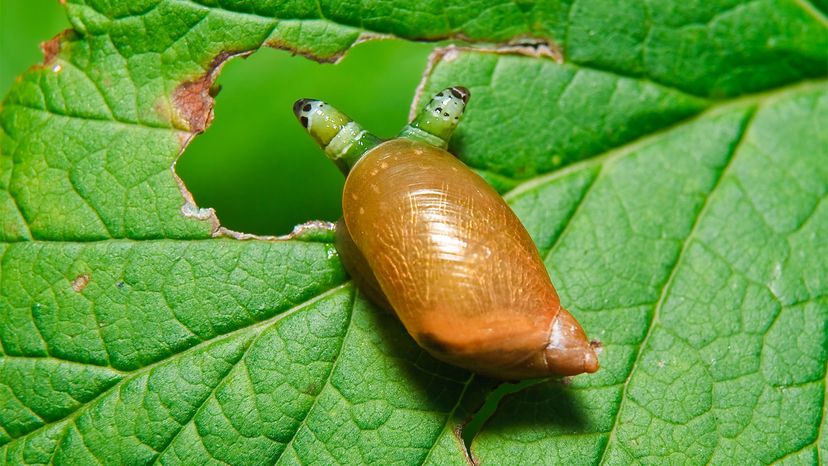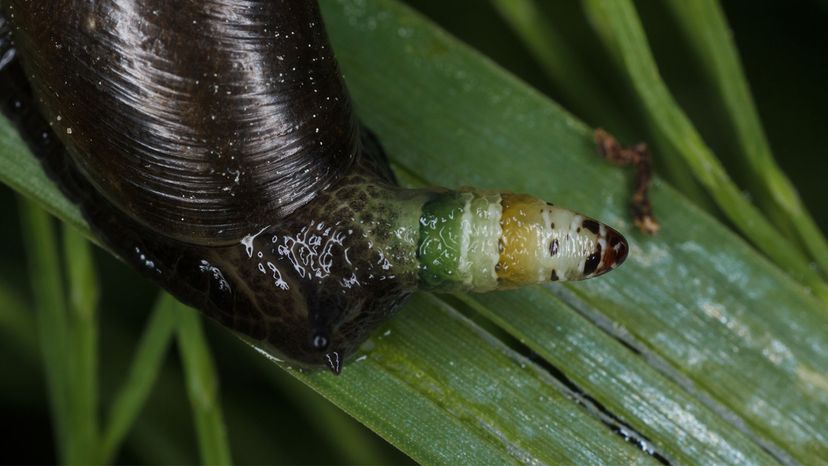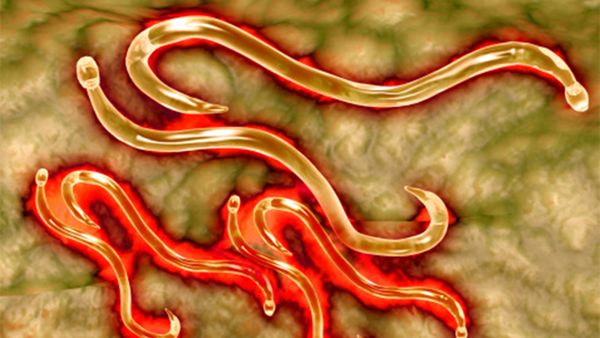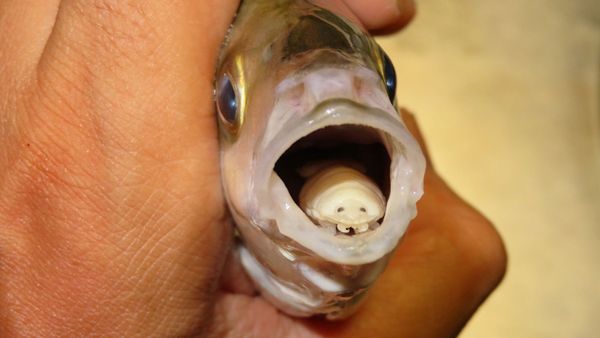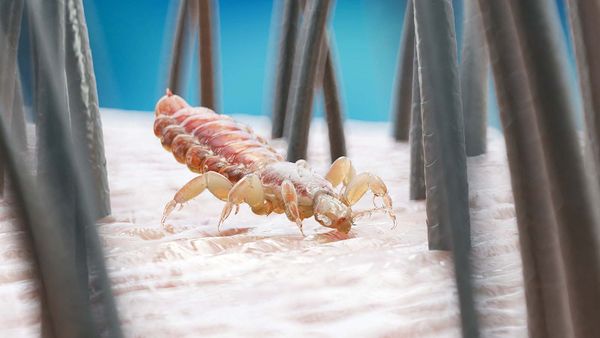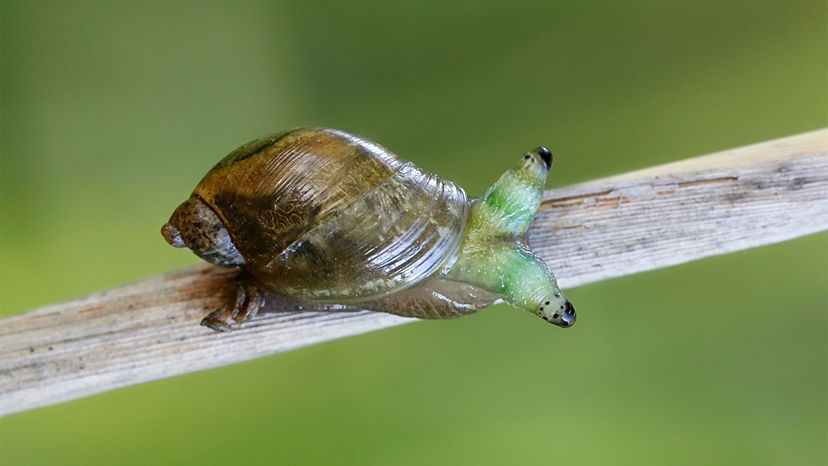
Look, something had to inspire those "Alien" movies.
By one estimate, somewhere around 40 percent of all known animal species are parasitic. From 30-foot (9-meter) fish tapeworms to Orthione griffenis, a "cough drop-sized" crustacean that drinks shrimp blood to survive, planet Earth is crawling with parasites.
Advertisement
Many of them have evolved to find very specific hosts. Take Strigiphilus garylarsoni, a "chewing louse" named after cartoonist Gary Larson (you may remember him as the creator of "The Far Side"). It spends its entire life cycle on the skin of an unsuspecting owl, where the stowaway feeds on feathers and other organic materials. Besides owls, no other animals are known to harbor this particular kind of louse.
But sometimes, one host isn't enough. Sometimes, the only way for a parasite to reproduce and complete its own life cycle is by passing through multiple carriers.
Such is the case for Leucochloridium worms, biological oddities that have been accused of turning snails into "zombies."
This behavior is said to be part of an elaborate scheme that also involves hungry birds and their poop. Supposedly, if things go according to plan — for the worms — those poor old snails get their eyes pecked out.
Advertisement
